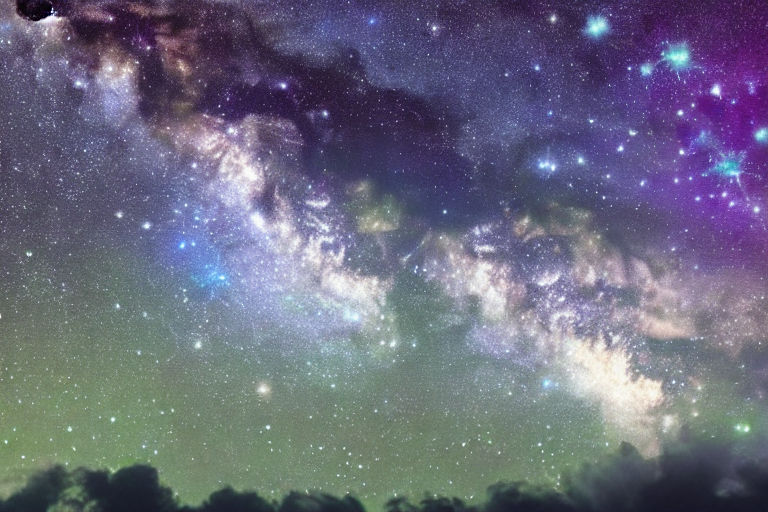Beyond the Milky Way: A Glimpse into the Vastness of the Universe
Have you ever looked up at the night sky and wondered what else is out there beyond the stars we can see with our naked eye? The universe is vast and intriguing, with mysteries that continue to challenge us. In this article, we'll explore some of the fascinating objects that exist beyond our galaxy, the Milky Way.
The Andromeda Galaxy
The Andromeda Galaxy is the closest galaxy to our Milky Way and is visible to the naked eye. It is a spiral galaxy with an estimated 1 trillion stars, making it slightly larger than our own galaxy. Andromeda is also moving towards us, and experts predict that it will collide with our Milky Way in about 4 billion years.
The Virgo Supercluster
The Virgo Supercluster is a vast collection of galaxies that includes our own Milky Way galaxy. The Virgo Supercluster spans a distance of about 110 million light-years and contains about 100 galaxy groups and clusters. It is thought to be one of millions of superclusters in the observable universe.
Black Holes
Black holes are some of the most mysterious objects in the universe, and there are supermassive black holes at the center of most galaxies. These black holes have such strong gravitational fields that they can even warp space and time. They also have the ability to swallow up nearby stars and planets, making them one of the most destructive objects in the universe.
The Large Magellanic Cloud
The Large Magellanic Cloud is a dwarf galaxy that is visible to the naked eye from the southern hemisphere. It is located about 160,000 light-years away from us and contains about 10 billion stars. Scientists have used the Large Magellanic Cloud to study the formation of stars and galaxies, and it is thought to be one of the closest galaxies to our Milky Way.
The Great Attractor
The Great Attractor is a region of space located about 250 million light-years away from Earth. It is a gravitational anomaly that is pulling many galaxies towards it, including our own Milky Way. Scientists are still trying to understand the nature of the Great Attractor and what is causing it to have such a strong gravitational force.
The Observable Universe
The observable universe is estimated to contain about 200 billion galaxies, each containing billions of stars. It is estimated to be about 93 billion light-years in diameter and is constantly expanding. However, we can only observe a small fraction of the universe, and there may be many more mysteries lurking beyond our reach.
Conclusion
The universe is vast and full of wonders that continue to fascinate and challenge us. From black holes to entire galaxies, there is so much to explore beyond the Milky Way. As we continue to study and learn more about the universe, we can only imagine what other mysteries it holds.



